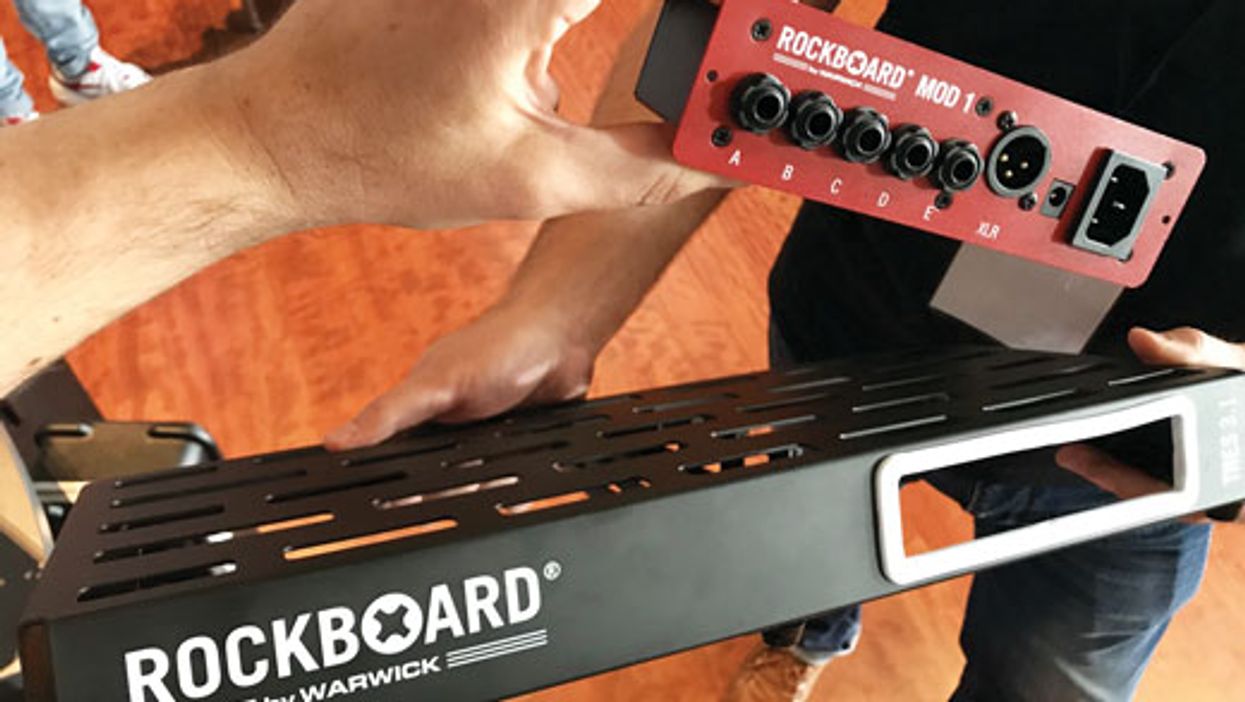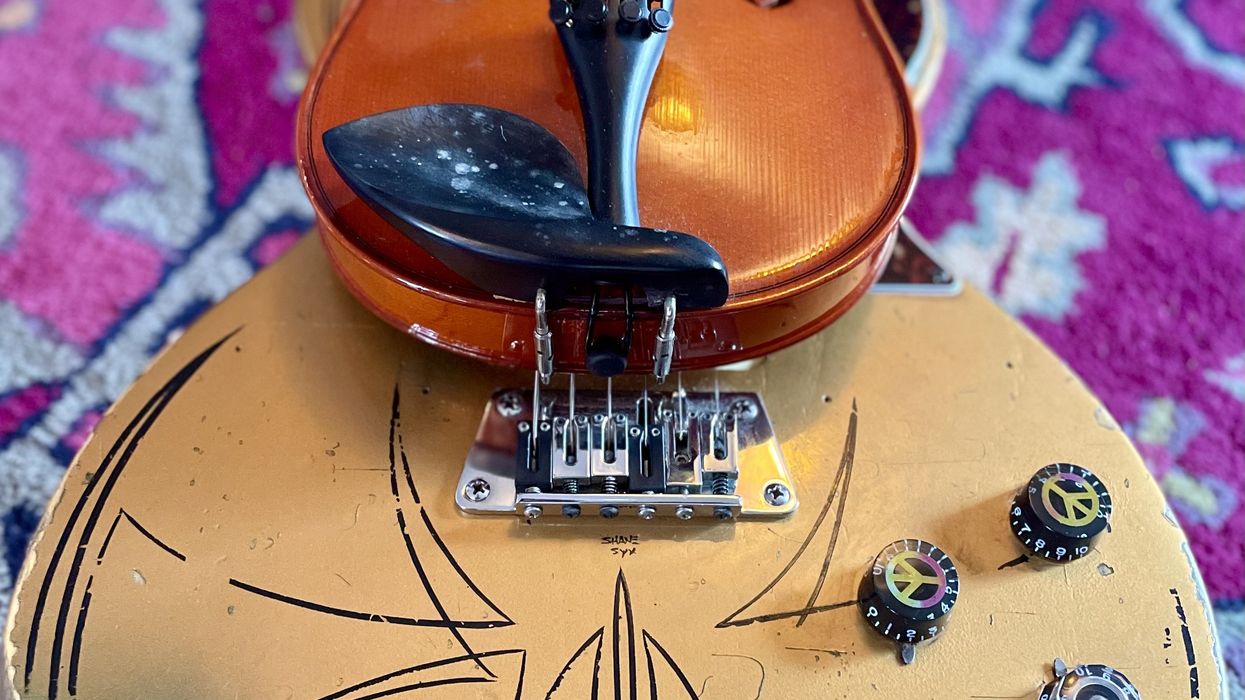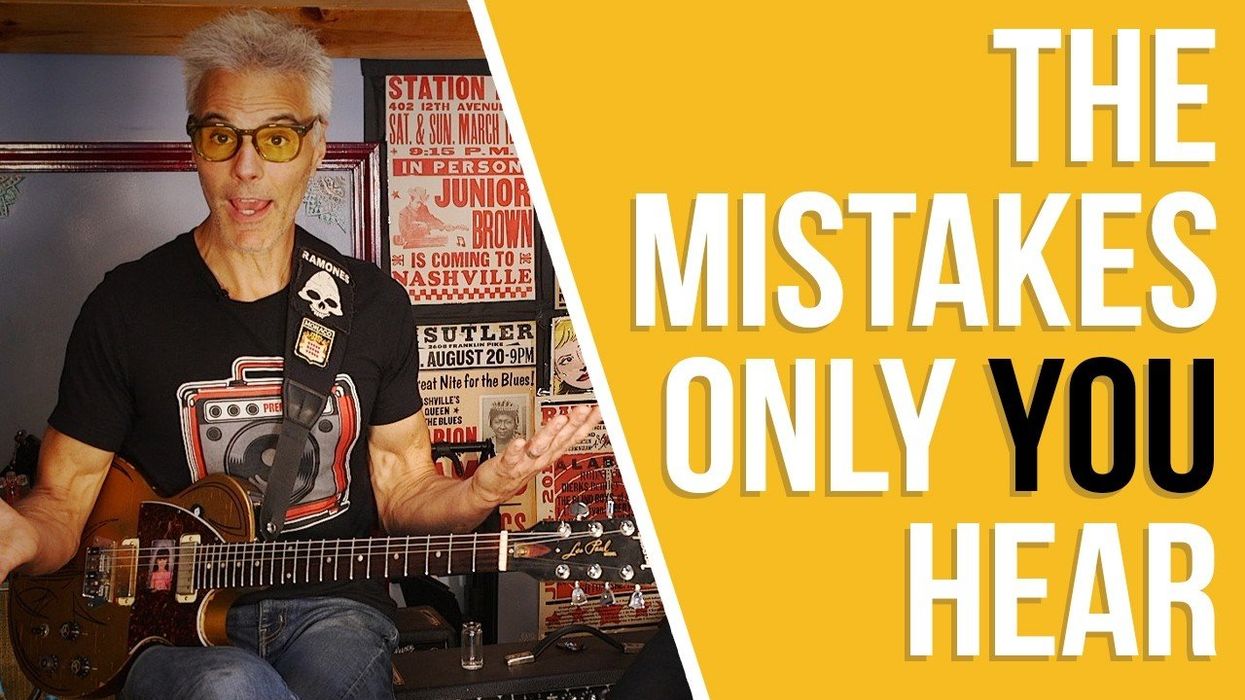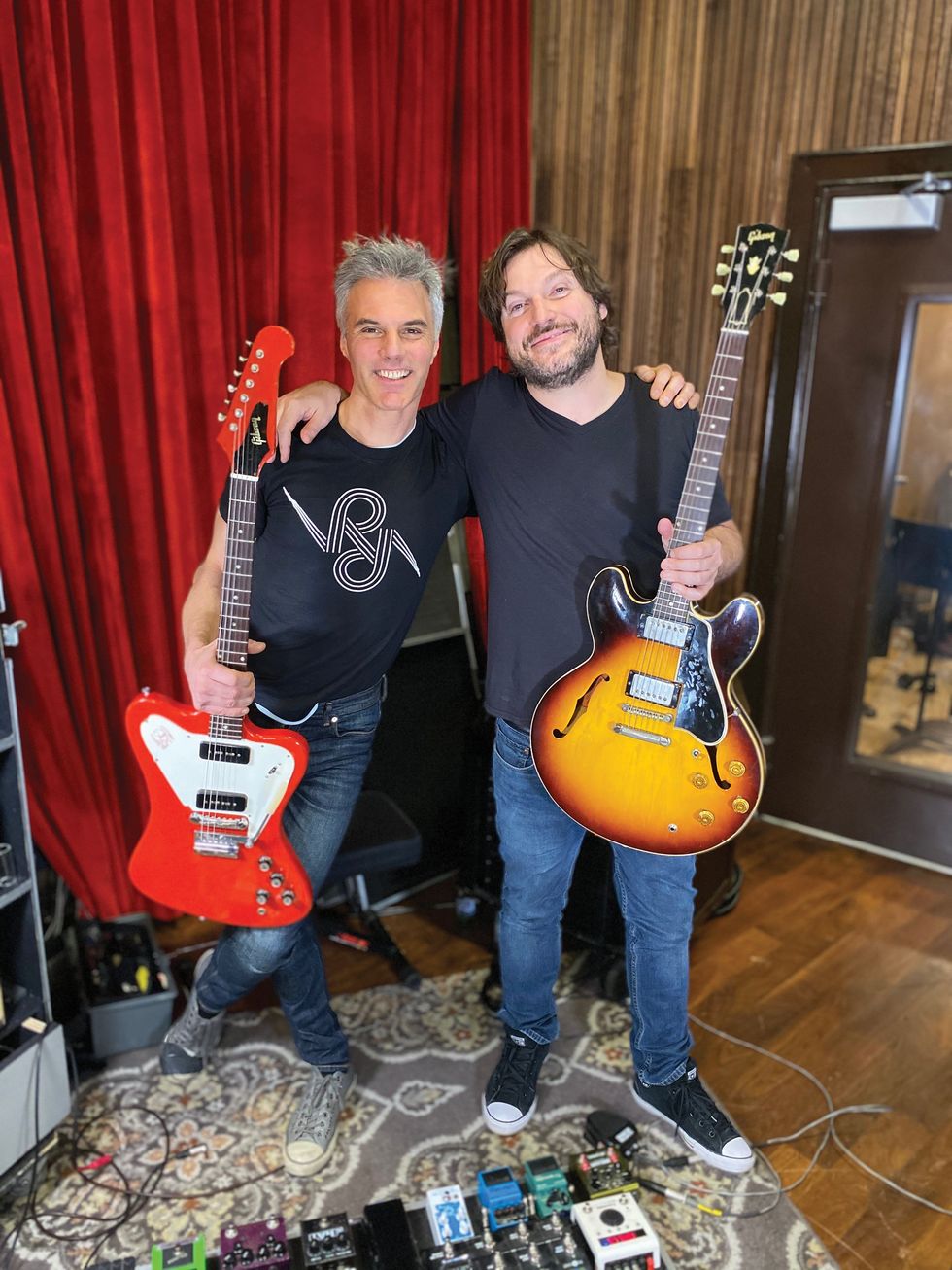Greetings, tone nerds! With the huge array of available effects out there, pedalboards have become like snowflakes: No two are the same, right? (Well, I did just meet a guy in Germany who built an almost exact replica of my board, but I digress.) I've had more than a few pedalboards and racks built over the years, and I've learned plenty through experience along the way. This month, I'd like to share a few tips for you to consider when designing your next pedalboard—simple things that can vastly increase the functionality and usefulness of any board.
Use patch points to make your pedalboard work with any setup. For many guitarists, their pedal chain consists of a compressor and/or wah, and a few drive pedals followed by some time-based effects like delay and reverb. The standard approach is to just patch all the pedals in series, whether you're using some sort of loop switcher or not. But, consider this: Run the output of your last drive pedal to a 1/4" jack on the side of your board, and the input to your first time-based effect to a 1/4" jack as well. If you want to run all pedals in series into the front of an amp, you can simply plug a patch cable into the two 1/4" jacks, and voilà, everything is in series.
You could also easily access and utilize an amp's effects loop by running the last drive pedal out to the front of the amp, and the send from the amp's loop to the first time-based effect's input. By having the jacks right on the side of the pedalboard, you've created simple patch points that increase the flexibility of your pedalboard and enable you to use it in different setups. And if you're using a loop switcher and/or MIDI-controllable effects pedals, it's easy to create and name separate presets such as “everything in front" of a clean amp, or more of a “four-cable method" setup with time-based effects in an amp's effects loop.
Integrate a multi-effect pedal that features amp modeling. Line 6 recently released the HX Stomp, a multi-effect pedal that is quite small when you consider its full amp-modeling capability. The Zoom G3Xn and Mooer GE200 are other multi-effect pedal options that do amp modeling as well. A unit like one of these can certainly serve as a great jack-of-all-trades effect pedal, but if your amp develops a problem on a gig, you can also use an amp/cab model and run right into the PA! If you need to travel light, you could leave your amp behind and take just your pedalboard to gigs and sessions. It goes without saying that a small pedal offering both amp-modeling and effects will help make your pedalboard incredibly versatile and powerful.
Incorporate a MIDI A/B/Y box to make switching easier. RJM Music makes a unique A/B/Y box called the Y-Not. What makes it special is that it's MIDI switchable, so you can control it from a MIDI controller or a MIDI pedalboard loop switcher. When you incorporate a unit like this into your pedalboard, you open up a world of possibilities. You could A/B between two amps, or use your pedalboard with both your electric rig and your acoustic rig. I had one mounted on the underside of my pedalboard with the input and A/B outs terminating on the side of my board (see my earlier tip), so it was easy to patch into it when I needed it. The Y-Not also features ground-lift and phase-reverse switches for output B—which made it work issue free with almost anything—and has a high-quality buffer so you can drive long cable lengths with no tone loss. My Musicom Lab MK-V pedalboard loop switcher, which is on my current board, has this functionality built in as well. It's another good option if you're putting together a new pedalboard and like the functionality of being able to A/B a pair of amps and/or play both acoustic and electric.
It's easier than ever to assemble a pedalboard that is powerful, compact, and supremely functional. By making a few smart pedal choices and incorporating versatile patching and switching into your pedalboard, you'll be able to tackle just about any situation with ease. Until next month, I wish you all the best of tones!

















